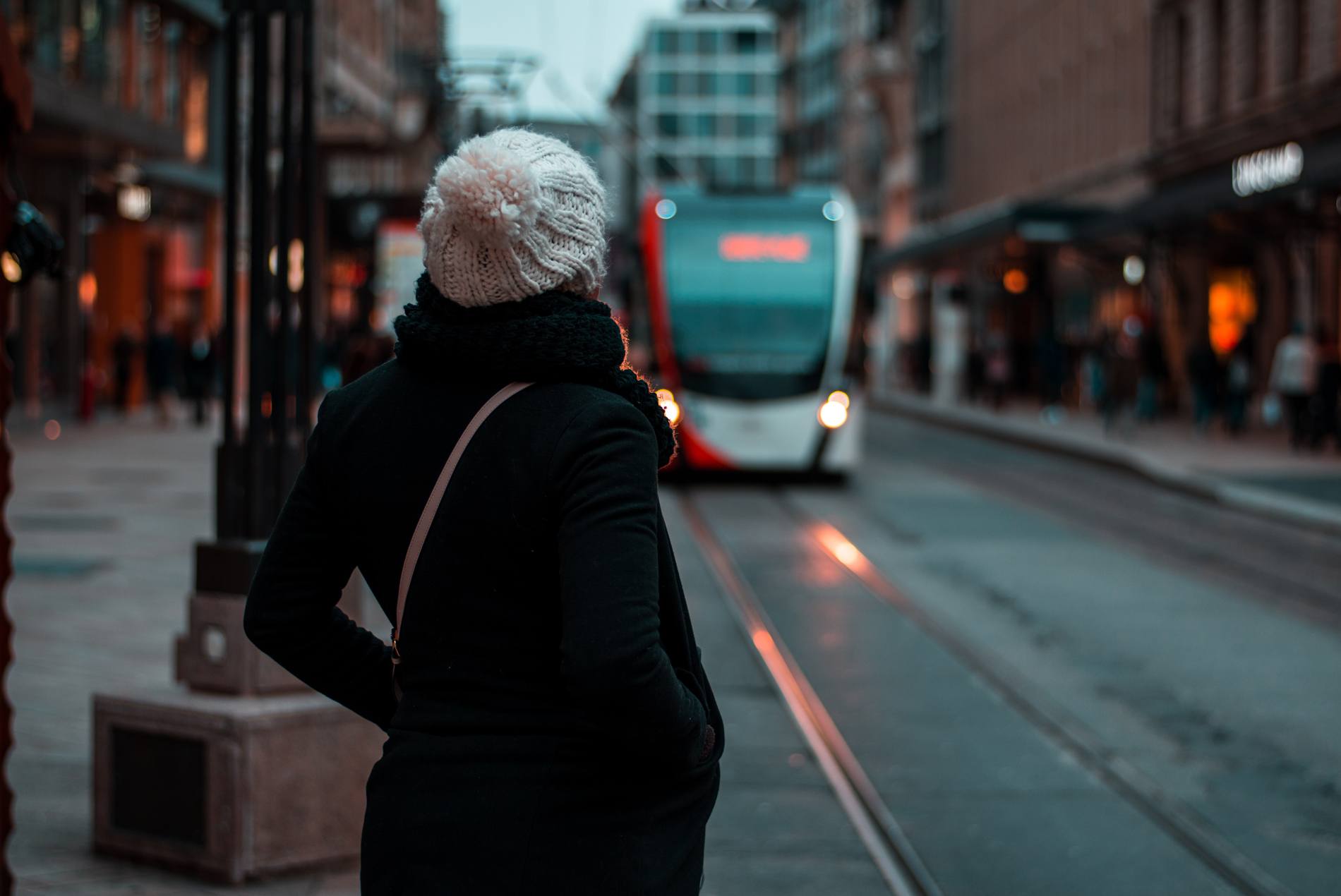We need to seize the moment. The historic Bipartisan Infrastructure Law is providing billions of dollars to modernize the U.S. infrastructure and increase access to safe, clean and reliable transportation. This includes funding for significant public transit projects in 2023, including a Thriving Communities program that will “help disadvantaged communities advance transformative, equitable and climate-friendly infrastructure projects.”
This is a generational opportunity to modernize and design new transit systems. To truly take advantage of this moment in time, though, we must prioritize providing better transit service for our most vulnerable communities. This means transportation professionals and city officials need to make each decision through a lens of equity.
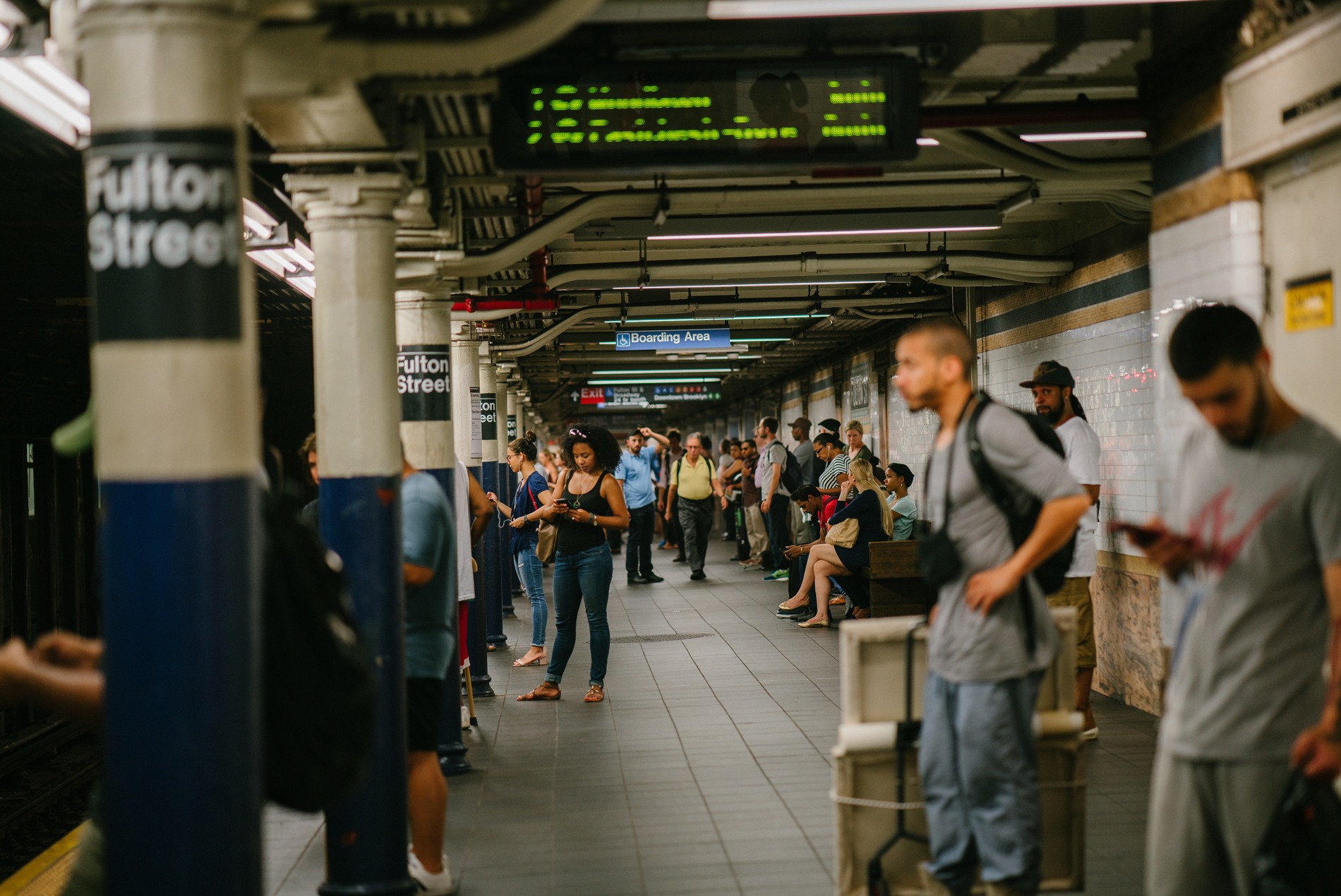
In our experience designing transportation facilities all over the world, equity can’t be an add-on. It is imperative for it to be a central theme that guides a team’s decision-making from early planning through design, construction and ongoing maintenance.
Here are three scalable methods for embedding social and racial justice into transit projects. Equity is hard to achieve and requires job enlargement—we all need to do more. Otherwise, we are complicit.
1. Provide Quicker, More Seamless Access to Transit Modes
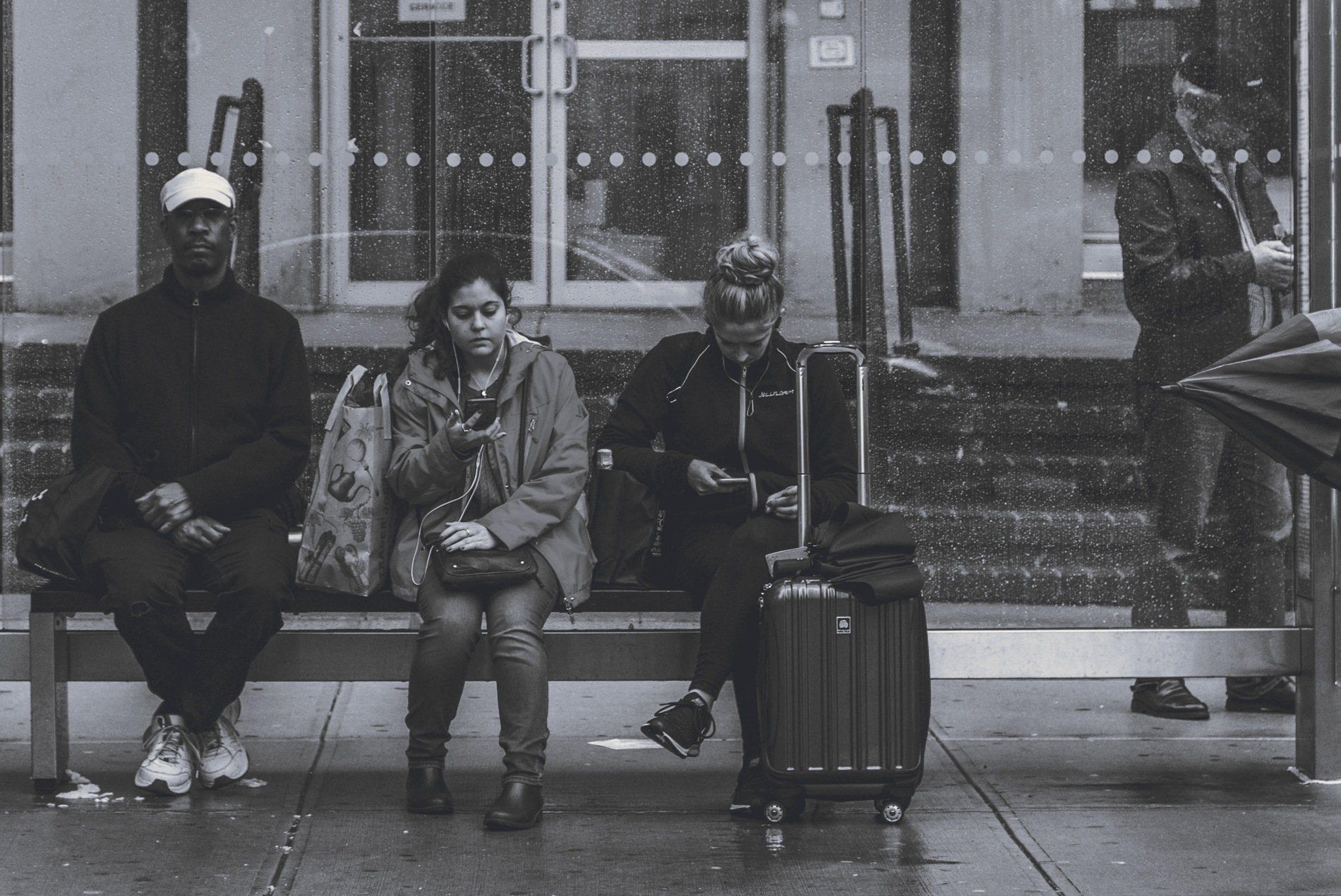
Transportation can be difficult to access for millions of people who live in low-income, underserved communities. Yet these often are the people who need the systems the most.
Transportation planners can help by giving them more (and more affordable) choices about which modes of transportation they use—buses, subways, trains and more—in safe, convenient locations. This requires us to build new networks near neighborhoods with affordable housing, well-paying jobs, quality schools, grocers, healthcare facilities and other services that enhance people’s quality of life.
We also need to make sure that the infrastructure—things like sidewalks, lighting and drainage systems—is there to help people physically access the systems. This includes employing principles of universal design and ensuring that all facilities comply with Americans With Disabilities Act (ADA) requirements.
Instead of following the traditional approach of having all transit lines lead to a downtown hub, transportation planners can make these systems more convenient by creating a series of interconnected, concentric networks linking neighborhoods. This is the goal of the proposed Interborough Express, a rapid transit project connecting underserved areas of Brooklyn and Queens.
Adding transit modes to help people get to the station and then reach their final destination (“first mile/last mile”) promotes use of these systems. On-demand, door-to-transit modes—including rideshare options, shuttles, micro-transit and low-speed autonomous vehicles—can be reimagined for nonprofit public service. To subsidize these options and help close the mobility gap, transportation planners can promote partnerships between cities and rideshare companies.
Transit operators can gain more riders by increasing service frequency to under 15 minutes when possible.
Ensuring that existing transit systems are in a State of Good Repair (SGR)—safe, clean and reliable—also is a priority. Doing so is an opportunity to provide training and jobs for people in underserved and underrepresented communities.
2. Contribute to Healthier Communities
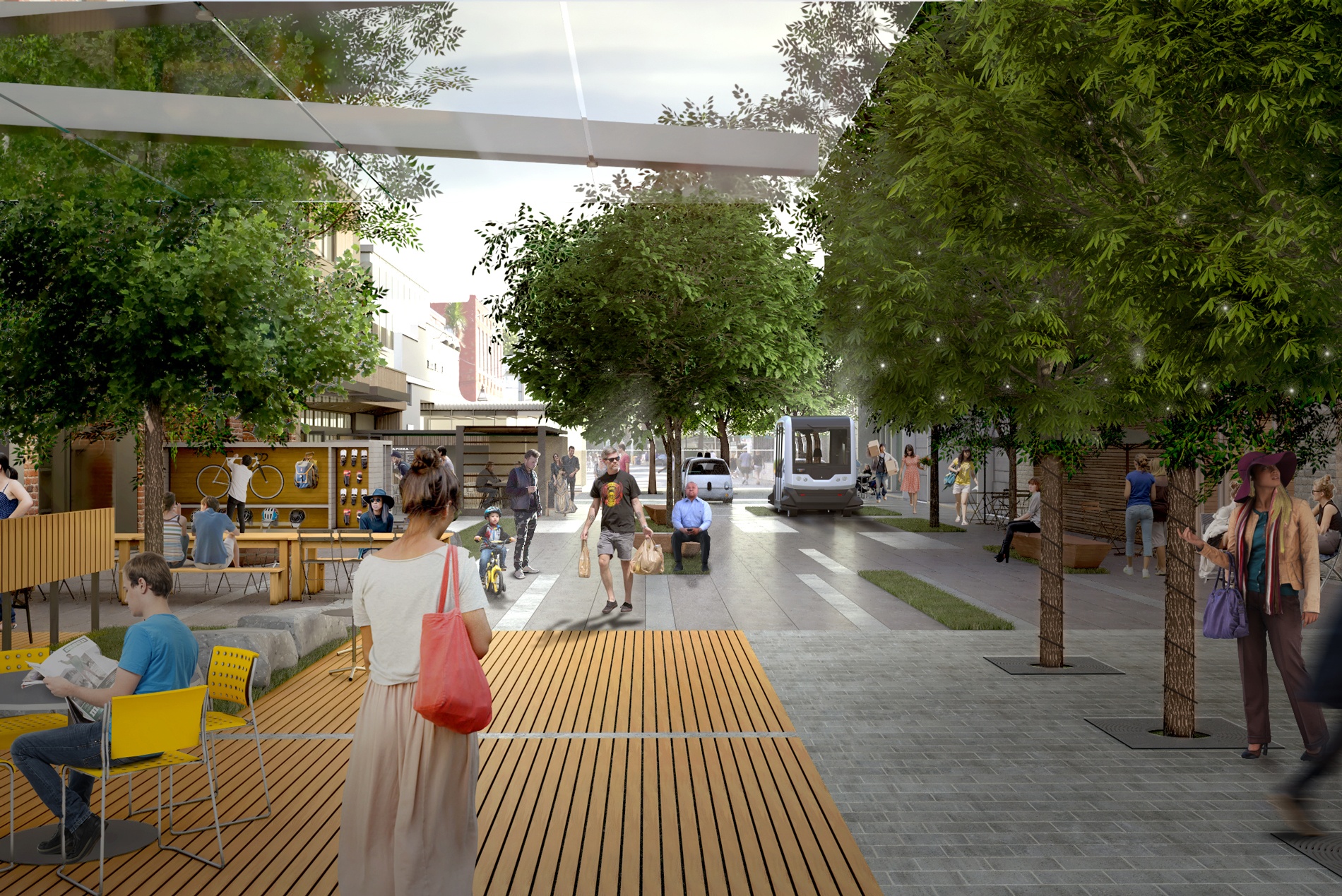
Public transit has a huge impact on health equity. It’s hard to believe but true: Up to 60 percent of our health is determined by our zip code. As a multidisciplinary design firm, HOK has a legacy of creating and connecting people to healthy, resilient and sustainable communities. We have the unique ability to advocate for and help carry out equitable and beautiful design in transit systems.
We want to create transit systems that people embrace and inspire—not just tolerate. Our design teams can influence the surrounding public realm, a system’s facilities and infrastructure, the entire passenger experience and nearby developments. Aligning transit with the rest of the built environment creates more integrated, holistic solutions.
Because the transport sector is one of the largest contributors to U.S. greenhouse gas emissions, use of clean power is a given if we want to decarbonize the travel experience. Bus rapid transit (BRT) systems can provide rail-like service on rubber tires, with the ability to transition to light-rail transit (LRT) systems in the future.
3. Engage With Local Residents and Partner with a Diverse Workforce
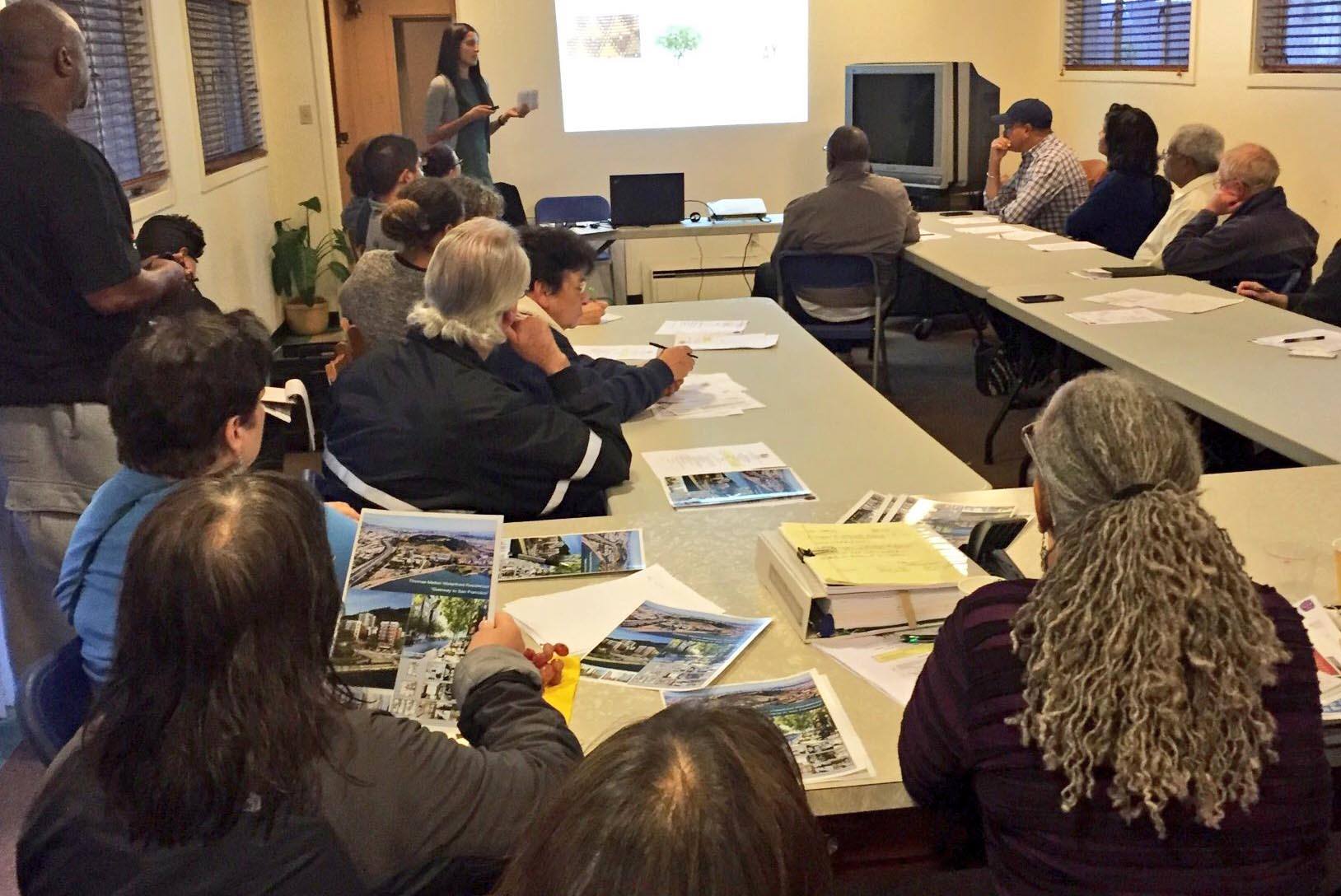
Local residents must have a voice in how transit systems are planned, built and operated. The systems are meant to serve them, after all. Yet these systems historically have run through their neighborhoods and polluted their air. Maybe even displaced them from their homes.
We engage with and include members of low-income neighborhoods and communities of color in our planning processes. Once we understand their needs, we ask for their input on the design. This can include everything ranging from decisions about specific land uses to selecting colors, materials, public art and more. This enables residents to contribute to big decisions that will affect their quality of life. They can feel ownership in the solutions and build more trust with city and transportation officials.
For public transit projects, which can create so many new construction jobs, it’s also critical to engage with the community from an employment and training perspective.
In 2021, the U.S. Department of Transportation (USDOT) announced greatly expanded constructing hiring and workforce development pilot programs managed by the Federal Transit Administration (FTA) and Federal Highway Administration (FHWA). The goal is for as many of these construction jobs as possible to go to economically or socially disadvantaged workers who live in the communities where the projects are located. It also provides funding for training this new workforce to thrive into the future.
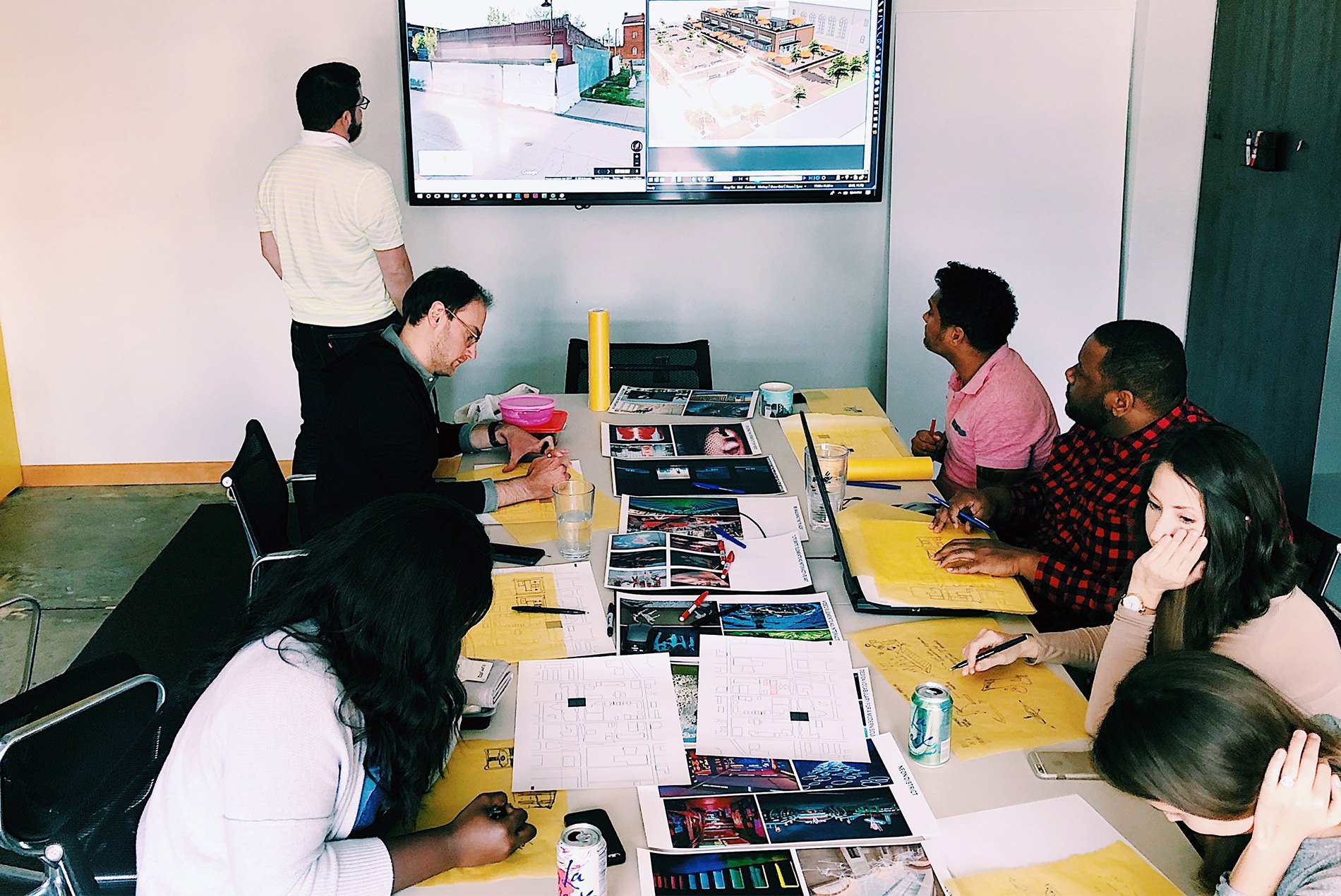
HOK has developed and can share many best practices for bringing diversity, equity and inclusion into transit projects. This begins with initial planning and continues through ongoing maintenance.
Launched over a year ago, the HOK Tapestry online portal makes it easy for disadvantaged, small, minority or women-owned firms to connect with us and share their qualifications. As we get to know these firms, we look for opportunities to partner with them on local projects. DOT’s Disadvantaged Business Enterprise (DBE) Program and similar small business programs in local communities seek to make it easier for these businesses to compete for federally funded contracts.
We also employ strong outreach programs such as the approach we’re using to assemble diverse teams to for upgrades to the Los Angeles World Airports. We visit firms in their offices and find out who they are, what they have done and their aspirations for the future. Then we seek out opportunities to work with them on projects.
For Hartsfield-Jackson Atlanta International Airport’s terminal modernization program, the award-winning HJ+P Joint Venture team of HOK, Chasm Architecture and Love-Stanley developed relationships with and expanded the capabilities of many small, minority and women-owned firms in the community. Our goal wasn’t to reach a target participation number. Instead, we were able to provide the airport with a legacy of inclusion and a strong pipeline of future partners.
Let's Connect
We have many more ideas about how to create more accessible, affordable and equitable public transit systems. If we work together to do this, we’ll all benefit. For more information or to share your ideas, please connect with either of us.
Kaven Swan is a senior principal and leader of HOK’s Aviation + Transportation practice. Based in St. Louis, he has helped lead transportation facility projects in cities worldwide. Kaven is a pioneer and tireless advocate for bringing diversity, equity and inclusion to transportation projects. He belongs to the diversity committees of several national transportation organizations and is a frequent speaker on issues related to minority participation in design and construction projects.
Luke Bridle, AIA, LEED AP BD+C, ENV SP, is a principal and New York City-based director of Transportation at HOK. As an architect focused on transportation infrastructure, Luke has collaborated on the design of more than 60 mass transit and rail station projects around the world. He has participated in panel discussions on using transportation solutions to make cities healthier and more equitable.
